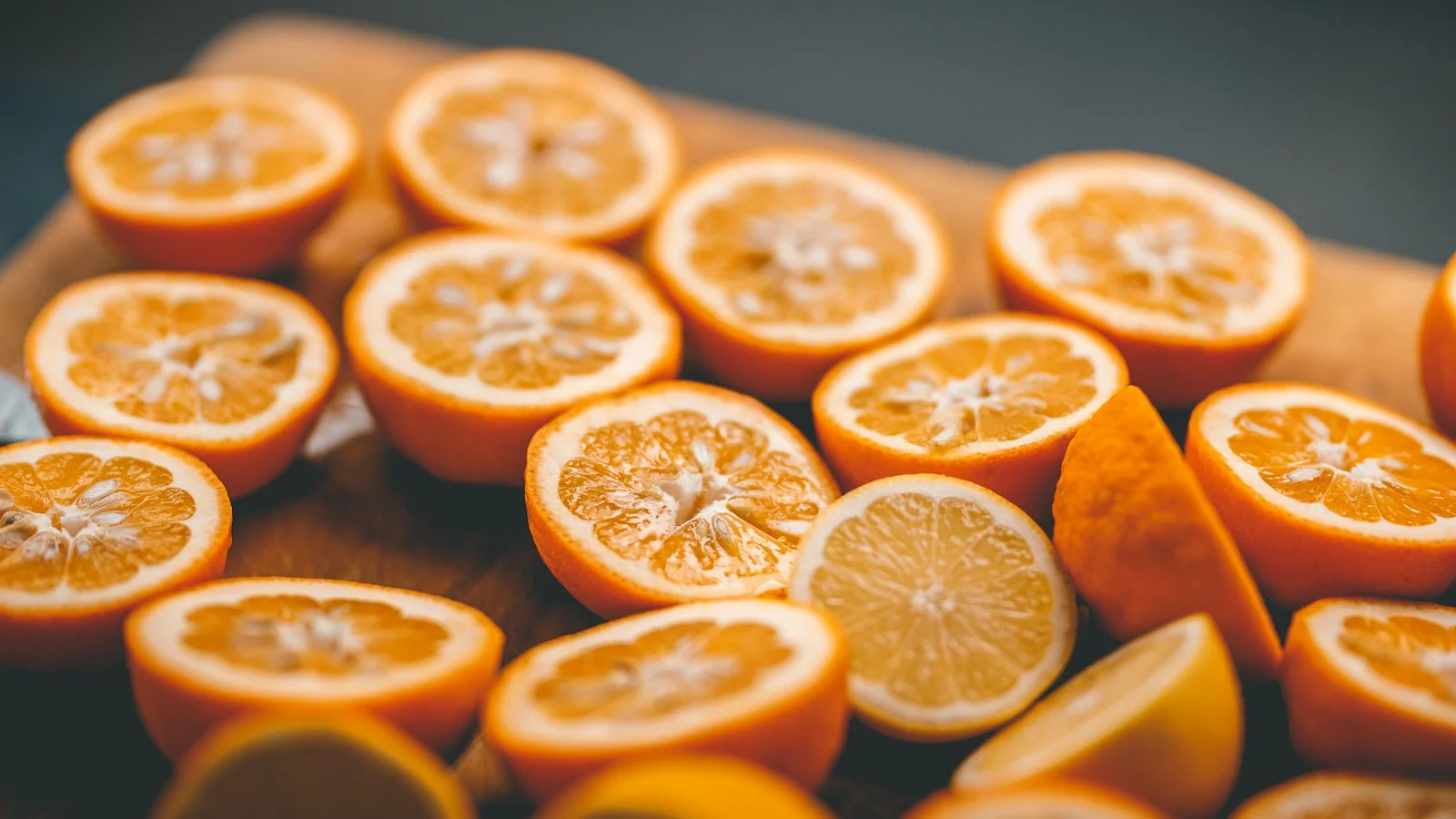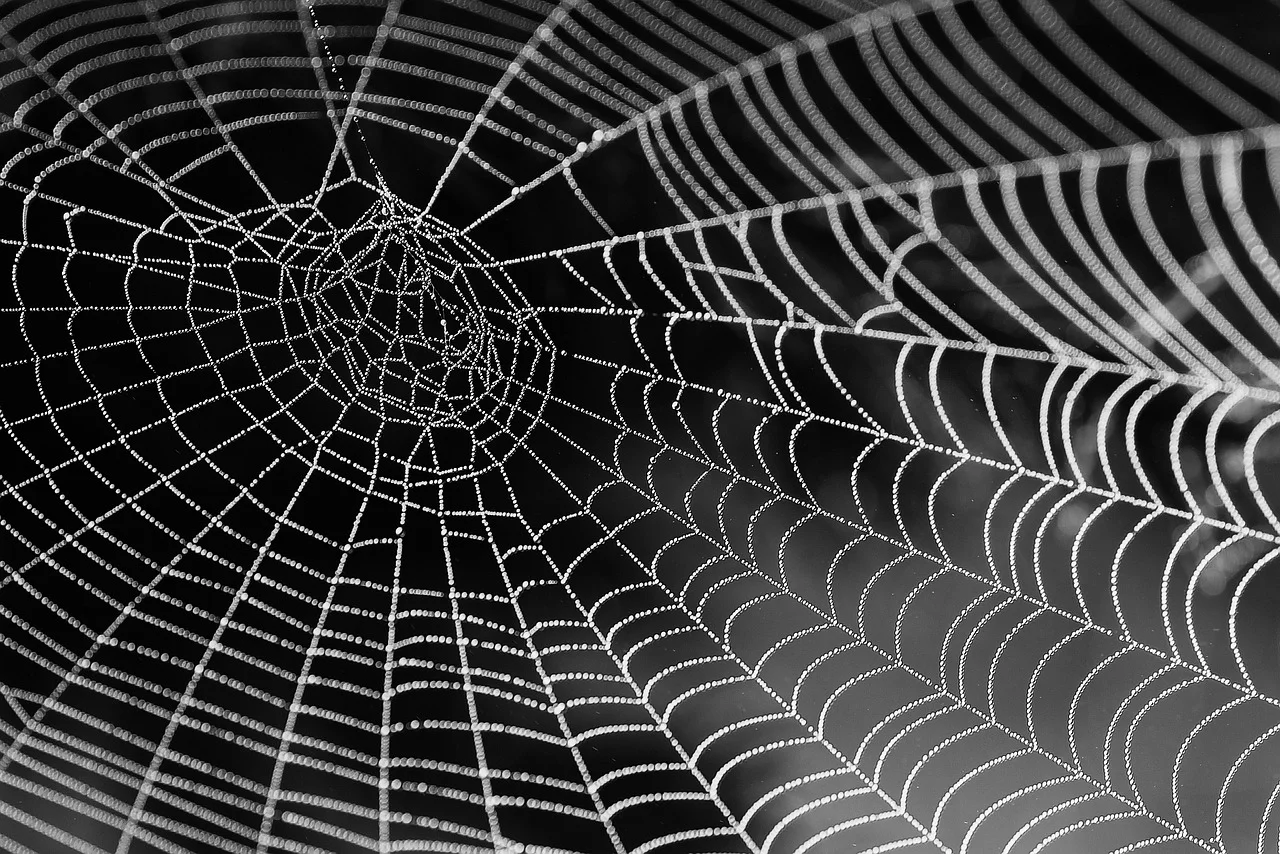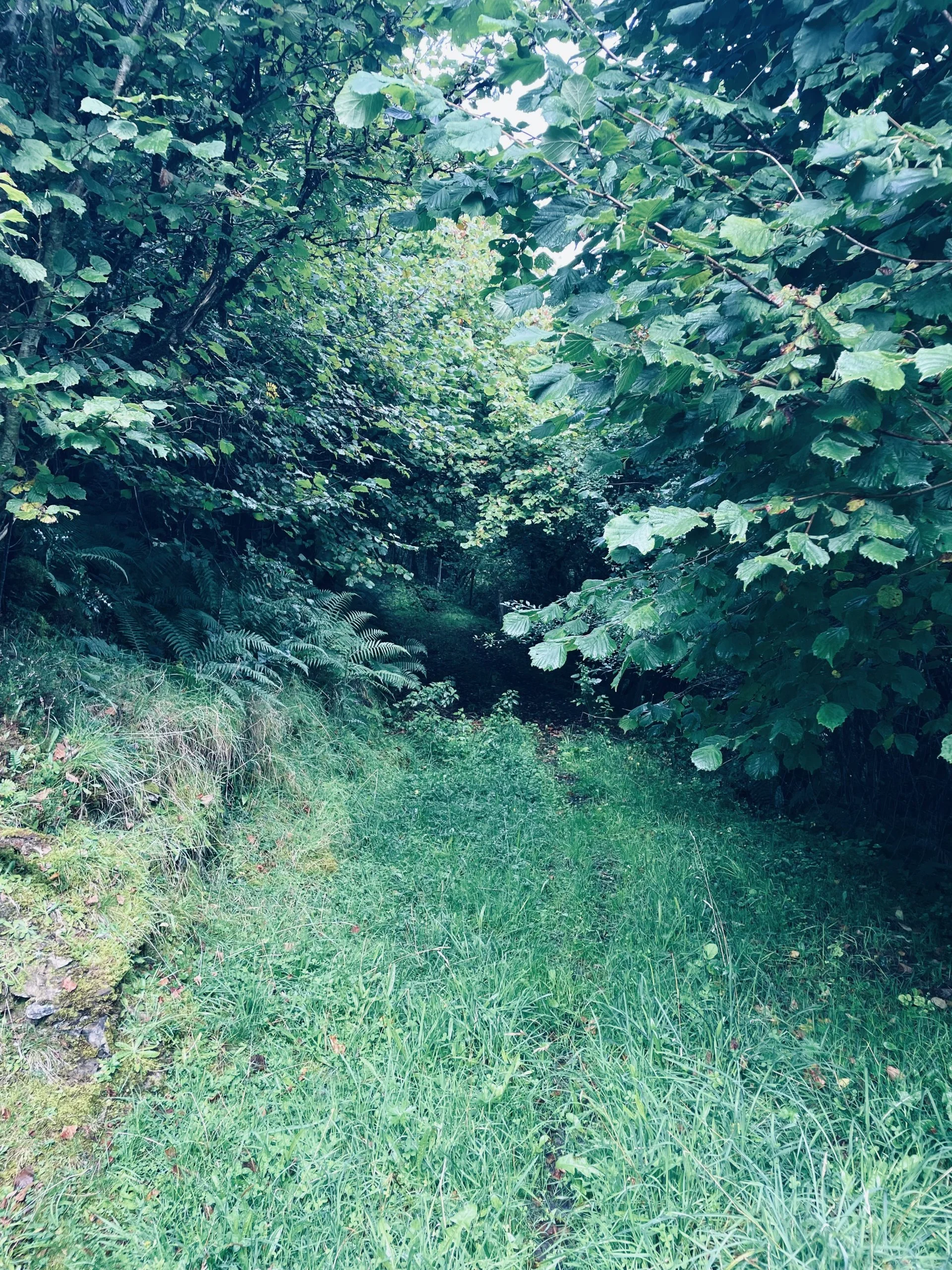Reflections of a Swineherd
Upstream
Upstream is an offering of essays that map the landscape as I see it. Subscribers get full access to my work. If you are already a member, please login below.
If you are not currently a member but would like to join, please click here.

There is a small muscle on a pig’s back called a griskin; it is lean and difficult to locate. Pig farmers of the past took it from the carcass to the frying pan as the first fruit of their labour. It sustained them for hours of butchering, brining, and salting.
When we find the griskin, it is marbled and firm. It is pink like the inside of a clam and, of all the muscles that moved my pig, this one worked the least. I cook it with sage, and we lick our plates.
If I tell people we keep pigs, they often respond: ‘You’re not going to eat them, are you?’
Three Day Practice
Last weekend, we slaughtered and butchered one of our pigs on our smallholding. We started at 8 o’clock in the morning and had killed and quartered her before our elevenses. The rest of the day, Sam butchered the carcass, and I chopped liver and belly pork for pate, boiled trotters and stirred blood into my fennel truffles. We worked until dark then celebrated with pork and peach kebabs. There was still meat to mince, sausages to stuff, lard to render and two legs to tunnel bone for next year’s charcuterie; processing a pig is an intensive three-day practice.


“Yes,” I tell people. “We kill, butcher and fill our freezers with them.”
The next question often relates to whether I feel sad dispatching animals.
“Of course,” I want to scream.
They come to me as piglets. I feed them several times a day, every single day. I scratch their ears, make them mud baths in the heat and shake the apple boughs for extra snacks. We organise babysitters for them when we are away and fence off large areas so they can spend their days and nights outdoors. I love pigs.

Pig Midwifery
My first Christmas as a newlywed, I received two piglets from my beloved. Poppy and Priscilla, as I named them, were soon rechristened, Rampage and Destruction. They had the run of the orchard but spent most of their time at the back door, bothering me for scraps and playing with the dog. I was part fond of and part terrified of those pigs. In the 14 years since, we have kept many pigs. I even had the opportunity to play midwife to one of our sows who delivered 13 piglets in our barn. Until last year, however, we kept pigs in rental properties. The circumstances were always less than ideal, and we had to transport them to an abattoir 100 miles away for slaughter. This four-hour round trip never sat well with us, yet it is the only abattoir in Northern Ireland that will slaughter small batches of livestock.
And this is where I become animated.
To the question of whether I feel anything when I slaughter my pig, I ask: Why is it acceptable to feel nothing when buying pork chops wrapped in plastic from the supermarket?

Radical Defiance
I feel many things about killing the animals I have cared for: sadness, gratitude, anxiety, pride, grief and celebration. It’s a roller-coaster on slaughter days. Not only that but we involve our children in most stages of the process. We prepare for weeks, discussing how much involvement they are comfortable with, inviting them to pay tribute to our pig then sharpening their boning knives. They are the least squeamish because they have less to unlearn. Feeling something in response to our pig’s life and death is what goes with smallholding. We are not running a business; we are raising food for our family as an act of radical defiance against disconnected food systems.
Should we know how our pork lives and dies? Should we care whether it was allowed to be a pig, turning over sods with its snout, growing hair in response to the cold, rubbing its flank against tree trunks and foraging for mast in the woodland? What if it was raised in a factory? There, heat rises from their bodies so thick you can taste it. Some squeal, others do not even know to do that. The concrete floor does not yield to their snouts and the artificial lights are a poor replacement for sunshine.

Once, we requested our pig’s liver from the abattoir. This blood-red organ, so vital in life, hangs like an inverted comma beneath the rib cage. The abattoir operative handed us a plastic bag. Instead of the liver of our pig, it contained three kidneys. Did he know his liver from his kidney or did our request fall between the cracks of a busy operation? I’m not sure, but when our own pig is on our kitchen table, there is no confusion over its internal organs. In fact, my eight-year-old daughter dissects everything from the oesophagus to the pancreas to the small intestine that stretches to 18m long. She eases the spinal cord from its column with great tenderness and I see how our pigs are so much more than food.
We share many anatomical similarities with them. Our skin, fat distribution, placement of our organs and our genetics are alike. We breathe the same, bleed the same and engage similar muscles to move our bodies. When we remove our pig’s heart, it has a residual warmth. We hold it in our hands and cannot believe that it sustained the life of such a large animal. Our own hearts sound a rhythm in our bodies, and we are thankful that they keep us in time.
Condemned

This journey into pig husbandry has not been easy. One year, we raised pigs over winter on a little scrap of land thick with bramble. The ground was hard and the pigs hungry. We built a sty from timber and tin, and I baked trays of spoilt potatoes in the AGA for sustenance. Like teenagers, they slept late in the morning, and I woke them with spent beer mash for breakfast.
We made the journey to the abattoir in inclement conditions, then returned the following day to collect two carcasses. They gave us one and told us the other had been condemned. We drove home furious, confused and ashamed. What had we done wrong? The man at the abattoir could shed no light on the issue. Too many pigs passed through the Carbon Dioxide chambers in a day to give specific information. When we pressed for details in the days that followed, they told us it had swollen glands, but no paperwork was provided as proof.

We have learned how to keep pigs by making a lot of mistakes. One summer evening we invited a couple for dinner that we hardly knew. Half an hour into our main course, they said, “Are those pigs on your lawn?” We delayed desert long enough to return the pigs to their paddock and our guests helped us patch up the fence. Once, three young boars broke into a field of expectant heifers and I had to put my six-month-old into a sling to corral the livestock. There have been late nights, early mornings, long drives and many calls to my husband to strategize between surgeries.
All Brawn
By the time we have processed our pig, we have two hams that will air-dry until next November, bacon, mince, shoulder roasts, chops, ribs, ham hocks, terrines of pate, brawn (also known as head cheese), trotters, sausages, chorizo, pork scratchings, bones for stock and jars of lard. We feed any scraps and offcuts to our dogs and incinerate the guts. No food waste, no food miles and very limited stress to the pig.
This is not a blueprint; it is a story.

We still have a lot to learn. There was a bucket with our pig’s head beside the incinerator. My son was upset that we intended to burn it. He believed it was worth more and the smoke would damage the environment. Together we lifted it into a stockpot and found a recipe for brawn. All afternoon steam rose from the pot, and it took all my resolve to be present. A pig’s head was considered a delicacy in Victorian times; it was taken to the table as the pinnacle of a Christmas feast. Any disgust I feel is a result of my conditioning.
My son helped me hollow the cheeks with a teaspoon and dice the tongue. We found meat in the snout, the jowls and the huge, floppy ears into which we stirred bay and tarragon. The cooking broth turned to jelly overnight, and we flavoured it with red wine. The assembled terrine was chilled and pressed and the frugal cuts were transformed into one of the best pork products I have ever tasted.
Brawn is a muscular word. Its preparation allowed me to flex parts of my history from which I am removed. Slow, messy parts that make me want to gag; awkward wobbly parts that feel completely foreign and delicate parts like coaxing a meal from pork knuckle because I do not want to waste a thing. It is visceral; I am tugging at a thread until it gives way and unravels to the point where I first missed a stitch.

A Fistful of Salt
Forty years ago, our neighbours would have joined us on slaughter day with a fistful of salt for the brine. My father-in-law remembers the ‘pig killer’ who travelled the country and took payment in whisky; it was best to be his first port of call.
After a day of butchering, our neighbours would go home with fresh pork and a string of blood sausages. These days, our concept of ‘neighbour’ is broad. It connects those with shared values, common goals, and a desire to move towards one another.
I have the meat, the string and the blood; will you bring the salt?
Latest Publications
Search Site
related journal entries
People With Whom I Have Worked

















